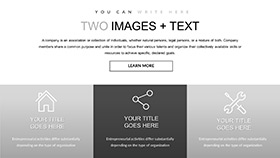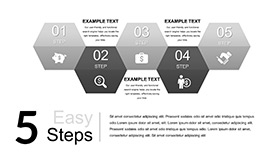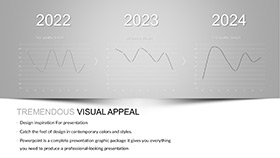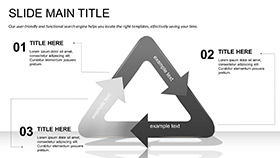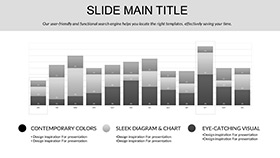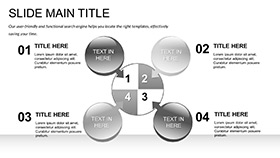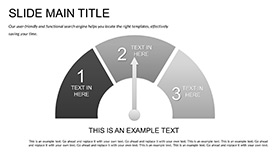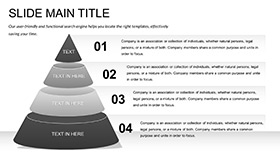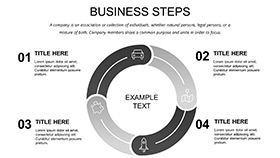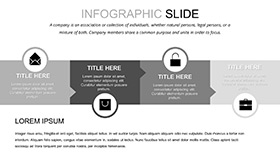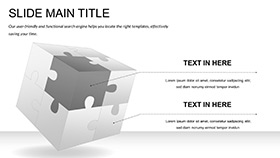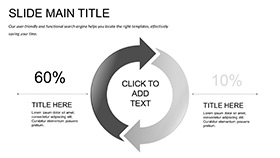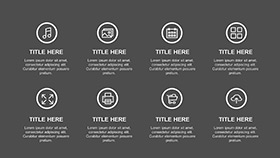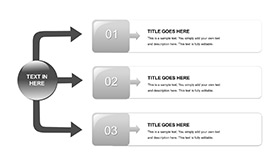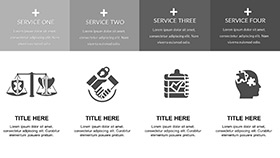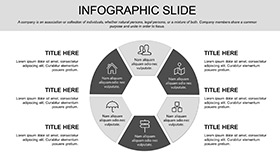In a world where freedoms are increasingly under threat, conveying the urgency of civil liberties' decline requires more than words - it demands visuals that stir emotions and provoke thought. The Fall of Freedom Keynote Template is your powerful ally in this mission. Designed specifically for activists, educators, historians, and legal professionals, this template transforms complex narratives into compelling presentations. With 28 fully editable diagrams, it offers a dramatic backdrop featuring the iconic Statue of Liberty shrouded in stormy clouds, symbolizing the erosion of rights and justice. Whether you're addressing human rights violations, political shifts, or societal changes, this template equips you to craft stories that resonate deeply.
Imagine standing before an audience at a human rights conference, your slides seamlessly illustrating the timeline of liberty's fall with intuitive charts and evocative imagery. This isn't just a set of slides; it's a toolkit for advocacy, compatible with all Apple Keynote versions, ensuring smooth performance on Mac or iPad. The lightweight file downloads quickly, allowing you to focus on your message rather than technical hurdles. Professionals like Amnesty International advocates or university professors have used similar designs to amplify their voices, drawing from real-world examples such as the post-9/11 surveillance expansions or recent global protest movements. By integrating high-resolution elements and customizable color schemes, you can tailor each slide to your unique perspective, making your presentation not only informative but unforgettable.
Key Features That Empower Your Narrative
This template stands out with its thoughtful design elements tailored for serious topics. At its core are 28 diagrams, each offering 7 color schemes to match the gravity of your content - from somber grays evoking loss to bold reds signaling alarm. The 3 master slides and 3 backgrounds provide a consistent framework, while placeholders make editing effortless. You can swap titles, add subtitles, or insert data without disrupting the flow.
- Editable Diagrams: Customize shapes, lines, and text to depict timelines of civil rights erosion or comparative charts on global freedom indices.
- High-Resolution Visuals: Ensure clarity in both digital projections and printed handouts, ideal for workshops or seminars.
- Intuitive Layouts: From title slides that set a poignant tone to content-heavy pages for in-depth analysis, navigation is seamless.
- Compatibility and Versatility: Works flawlessly across Keynote versions, with file formats like .key and .kth for easy sharing.
These features draw from best practices in visual communication, inspired by experts like Edward Tufte, who emphasize data integrity in design. By avoiding clutter, the template lets your evidence shine, whether you're citing Freedom House reports or historical precedents.
Benefits for Activists and Educators
Beyond aesthetics, this template delivers tangible benefits that elevate your work. It saves hours of design time, allowing you to concentrate on research and delivery. For educators teaching courses on constitutional law, it provides a structured way to break down complex issues, like the impact of legislation on privacy rights. Activists can use it to rally support, turning abstract concepts into relatable visuals that motivate action.
Consider a scenario where a non-profit organizer presents at a community forum on voting rights suppression. With this template, charts highlight statistical declines, backed by sources like the Brennan Center for Justice, making arguments irrefutable. The emotional resonance - through symbolic imagery - fosters empathy, encouraging audience engagement. Users report increased retention rates in sessions, as visuals aid memory recall, a principle supported by cognitive psychology studies. Moreover, its free availability democratizes high-quality design, ensuring even grassroots movements can compete with well-funded entities.
Real-World Applications and Use Cases
This template shines in diverse settings, adapting to your needs. In academic lectures, use it to explore historical parallels, such as the Roman Republic's fall mirroring modern democratic backsliding. For advocacy events, diagram the chain of events leading to policy changes, incorporating real data from organizations like Human Rights Watch.
- Prepare Your Content: Gather key facts on civil liberties trends, like ACLU reports on surveillance.
- Customize Slides: Edit diagrams to fit your narrative, adjusting colors for emphasis.
- Rehearse Delivery: Use Keynote's presenter notes to align speech with visuals.
- Engage Audience: Incorporate polls or Q&A slides to foster discussion.
In legal seminars, it aids in presenting case studies, such as landmark Supreme Court decisions on free speech. Compared to basic Keynote templates, this one offers themed icons and pre-built infographics, reducing creation time by up to 70%. For virtual meetings via Zoom, its optimized resolution ensures no pixelation, maintaining professionalism.
Expert Tips for Maximum Impact
To leverage this template fully, integrate storytelling techniques. Start with a hook slide showing stark statistics on freedom indices, then build with progressive diagrams. Use animations sparingly to reveal data points, keeping focus on the message. Pair with tools like Canva for minor tweaks if needed, but the built-in editability suffices for most. Remember, trustworthiness comes from accurate sourcing - always cite reputable entities like the United Nations Human Rights Council. This approach not only boosts but positions you as an authority in civil discourse.
As you weave these elements, your presentation becomes a catalyst for change, inspiring viewers to reflect and act. Whether discussing cultural shifts or governance failures, the template's design underscores urgency without overwhelming.
Frequently Asked Questions
- How editable are the diagrams in this Keynote template?
- All 28 diagrams are fully editable, allowing changes to text, colors, shapes, and layouts to suit your specific narrative on civil liberties.
- Is this template compatible with older versions of Keynote?
- Yes, it works seamlessly with all versions of Apple Keynote, ensuring accessibility for users on various devices.
- Can I use this for commercial purposes, like paid workshops?
- Absolutely, the template is versatile for both non-profit advocacy and commercial educational events, with no restrictions noted.
- What file formats are available for download?
- Downloads include .jpg for previews, .key for the main file, and .kth for themes, facilitating easy integration.
- How does this template differ from standard Keynote designs?
- It features thematic imagery and pre-built diagrams focused on freedom themes, offering a more targeted and professional edge over generic options.
Elevate your advocacy today - download this template and turn awareness into action.









